Hair Transplant Success Rates: Does Hair Transplant Really Work?
Facial Plastic Surgery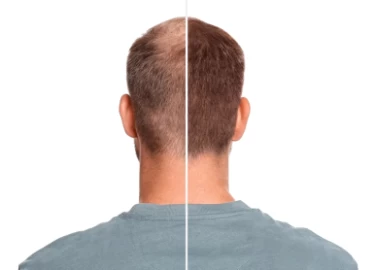
hough hair transplantation techniques have significantly progressed during the last decade, some people still need to decide whether their hair restoration will work. The success of hair transplant surgery depends on many factors, the most important of which are the surgeon's expertise and experience and the quality of the donor area. The following essay discusses the factors affecting the success rate of hair transplants.
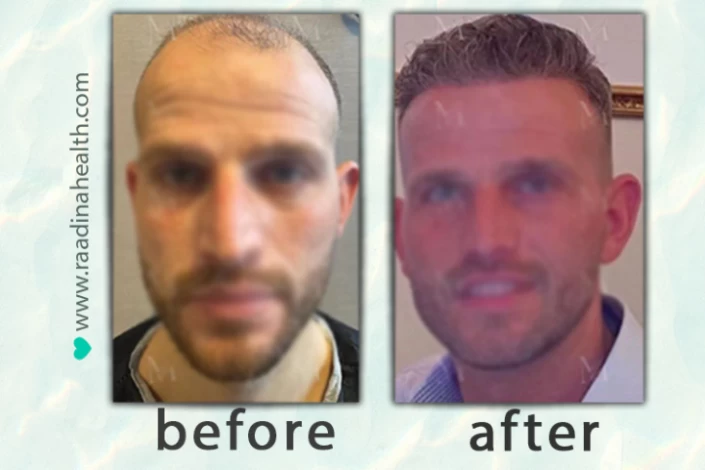
What Is the Hair Transplant Success Rate?
As mentioned earlier, the success rate of hair transplant surgery depends on multiple factors, such as the doctor’s experience, the technique of the surgery, the quality of the clinic and its surgical devices, post-op care, and how well the body responds to the new grafts. Generally, the chance of having dense and natural-looking hair after hair restoration surgery is more than 90%, which is a promising number. Fortunately, the results of this operation will last a lifetime, although the hair may get thinner over time.
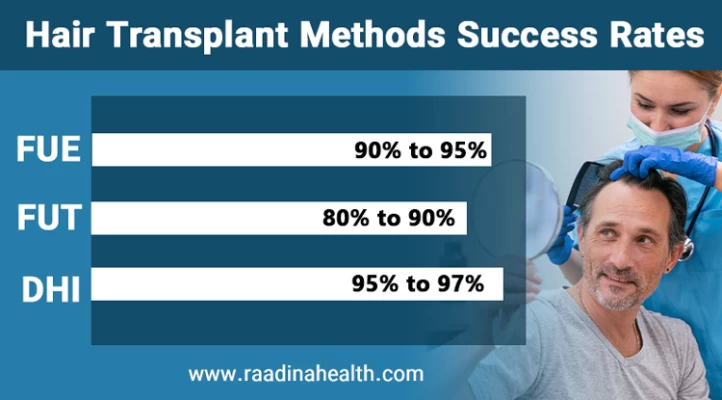
Hair Transplant Methods Success Rates
As mentioned earlier, each body uniquely reacts to hair transplant surgery, so it is hard to determine an actual success rate for each technique. However, many studies have been carried out on the efficiency of hair restoration techniques, and the following data have been collected.
- FUE: the graft survival rate of the FUE method is 90%, and its overall success rate is above 95%.
- FUT: the success rate of the FUT method ranges between 80% to 90%, depending on the quality of hair follicles and the surgeon's expertise.
- DHI: up to date, DHI has proved to be the safest and most reliable hair restoration technique, with a success rate of 95% to 97%.
What Affects the Success of Hair Transplant?
Successful hair transplant depends on how many of the transplanted hair grafts survive. To have a successful operation, the transplanted grafts should root in the scalp and grow there. Many factors can affect the outcomes of your hair transplant surgery, the most important of which are as follows.
- The skill of the surgeon
- The technique of the surgery
- Pre- and post-operative care
- Type of hair
- Quality of the clinic and healthcare services
- Quality and survivability rate of the hair follicles
- Age of the patient
- Donor area size and density
- The lifestyle of the patient
- Overall health condition of the patient
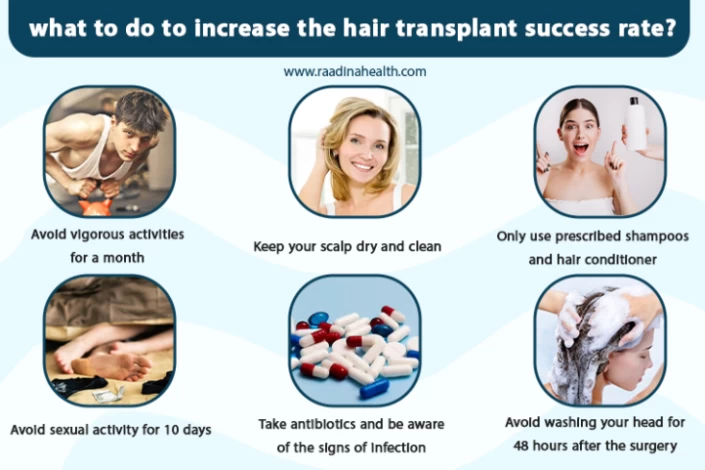
How do I know if my Hair Transplant is Successful?
You can make sure that your hair transplant is successful if there are new hair strands (even the shortest ones) on your scalp. Remember that shock hair shedding, which happens during the first four weeks (even until week 8), is normal and is not a sign of hair transplant failure.
Increasing Hair Transplant Success Rate
Now, let’s look at what increases the success rate of hair transplants.
Get well-prepared for the operation.
Avoiding drinking and smoking, massaging the scalp, taking hair loss medications, lowering your stress, and having a healthy lifestyle can highly affect the outcome of your hair transplantation.
Choose a qualified surgeon.
The skill and experience of the surgeon play an important role in increasing the hair transplant success rate. A trained dermatologist or plastic surgeon will examine your skin and donor area and check your medical history to find the most effective treatment. Also, their accuracy and speed of grafting and transplanting can accelerate your chance of having thick, well-tuned hair.
Find a valid and well-equipped clinic or hospital.
Modern and advanced surgical tools and sanitary facilities are key features of a good clinic for hair transplant surgery. Some hair restoration techniques, such as DHI and tissue expansion, require specific surgical devices for satisfactory results. So, ensure you find the best hair clinic before getting this operation.
Seek multiple experts’ advice for hair loss treatment.
Seek advice from multiple experts regarding hair loss treatment.
Every one of the numerous hair loss treatments is suitable for a specific case. Hair transplant surgery may not be the best option in some circumstances. Ask two or three experts what they think would be the best course of action for you. You can now discuss your expectations with the best doctor you find so they can recommend the best hair restoration technique for you.
Follow post-hair transplant care.
The success rate of hair restoration is increased when you follow your doctor's instructions following hair transplant surgery. To support your new grafts and aid in the healing process, take into account the following information.
- Make sure not to hurt the hair follicles by pulling or rubbing them;
- Use a silk pillowcase and choose a sleeping position that causes the least friction;
- Avoid smoking and drinking for at least four weeks;
- Wash your hair with prescribed shampoos 48 hours after the surgery;
- Cover your head when going out to avoid direct sun exposure and pollutants;
- Avoid strenuous activities, swimming pools, and contact sports;
- Do not get a haircut for a month, and
- Do not use unprescribed shampoos and hair products for 6 to 8 weeks.
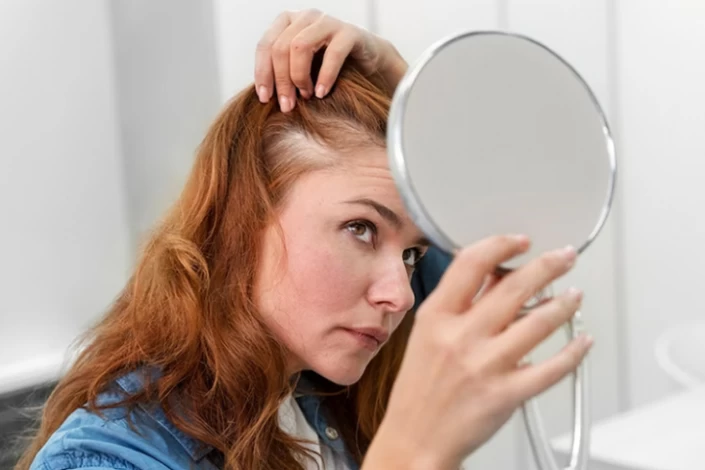
Follow a Proper Diet after Hair Transplant
After hair transplant surgery, you should follow a healthy diet to help your skin heal faster and make the new grafts grow better. Add the following to your post-hair transplant diet:
- Protein-rich foods like chicken breast, legumes, egg, dairy, pumpkin seeds, and lean meat;
- Foods containing calcium, such as cheese, almonds, seeds, and sardines;
- Vitamin B6 which can be found in Tuna, banana, avocado, salmon, and egg;
- Magnesium-rich foods, including spinach, black beans, nuts, black beans, and tofu;
- Zinc-containing foods like oysters, beef, lentils, and cashews.
Also, avoid baked goods, foods, and drinks with artificial sweeteners, such as soda and chocolate, alcoholic beverages, and processed foods.
Get supporting treatments after a hair transplant.
To increase the success rate of hair transplant surgery, doctors advise receiving additional treatments if the condition is severe. Learn about the two most common post-hair restoration supporting treatments by reading on.
- Take hair loss medications: Certain hair loss medications, such as finasteride and minoxidil, after hair transplant surgery can significantly increase the success rate. Finasteride is a hormonal medication that lowers the testosterone level in the body and prevents excessive hair shedding. Minoxidil, which comes in oral pills, foams, and lotions, also stimulates the growth of new hair follicles.
- Take platelet-rich plasma (PRP) therapy: injecting the mixture of plasma with other growth-stimulating substances into the scalp’s skin can promote hair growth and escalate the hair restoration success rate. The plasma taken from the patient’s blood increases the hair density by 75% and shortens the recovery time.
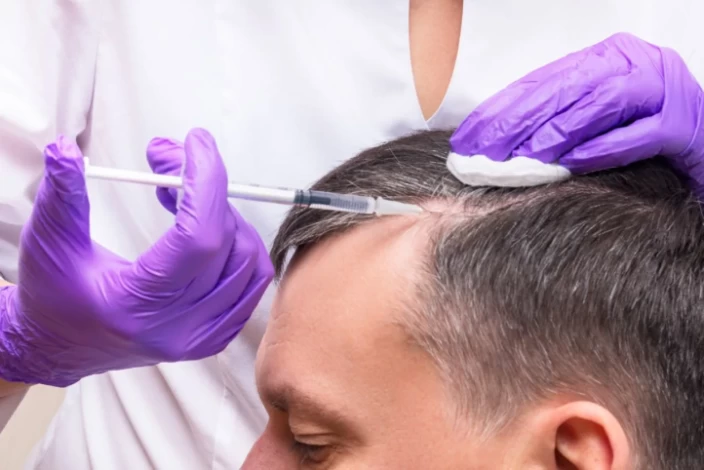
Main Reasons for Failed Hair Transplant
The main reasons for failed hair transplants are as follows:
- Graft rejection: in some rare cases, the scalp’s skin rejects the hair follicles and causes them to shed permanently. This problem is more common in patients with Lichen planopilaris (an uncommon inflammatory condition), as this disease causes scarring and inflammation in the scalp and pushes the hair follicles out.
Advanced Age: people over the age of 65 have a lower chance of successful hair restoration as their scalp skin has more wrinkles and may be saggy. If you want to know more about the ideal age for a hair transplant, read this article.
- Poor health condition: people with hemophilia, diabetes, and high blood pressure should discuss their health issues with their plastic surgeon before the operation, as these problems can highly affect the hair transplant surgery success rate.
- Poor donor area: if the quality and quantity of hair follicles in the donor area are lower than average, the success rate of this operation will decrease drastically.
- Poor post-op care: proper care after a hair transplant plays an important role in supporting and protecting the new grafts and increasing the success rate of this surgery. Applying pressure on the scalp, doing strenuous activities, drinking alcohol, smoking, taking hot or cold showers, direct exposure to sunlight, etc., plunges the success rate of hair restoration surgery.
Does Hair Type Affect Hair Restoration Success Rate?
The type and characteristics of your hair play an integral role in the success rate of hair restoration. For instance, people with Afro or thick, curly hair achieve more remarkable results as these hair types have greater coverage and more resilient grafts. On the other hand, people with thin, straight hair strands should spend more time and energy to achieve equally successful results as their hair follicles are more fragile and their hair has less coverage.
Hair Transplant Success Rate in Iran
Hair transplant surgery is costly and has an almost long, bothersome recovery period. Therefore, it is necessary to get this cosmetic procedure in a high-quality hospital and in the hands of adept surgeons to avoid its repetition. In Iran, the hair transplant success rate is above 95%, as this country owns the best hair clinics, plastic surgeons, and surgical devices in the Middle East. Furthermore, the cost of this procedure in Iran is one-third of European countries, making it a perfect destination for hair transplantation surgery and one of the cheapest countries for hair plants.
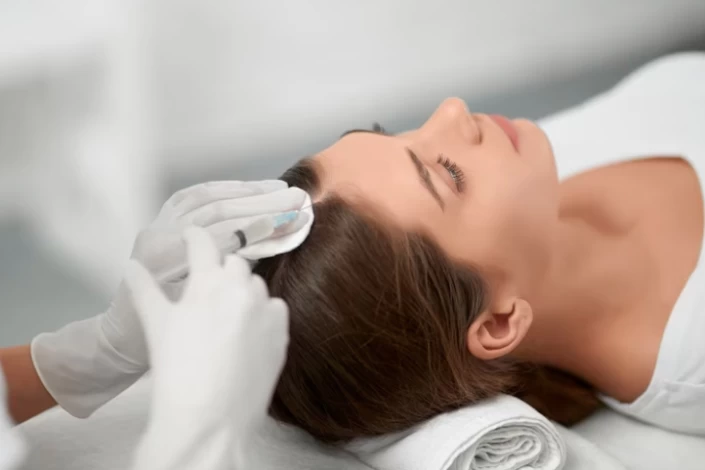
Hair Transplant Surgery Aftercare
A hair transplant or restoration surgery is a minimally invasive procedure that eliminates one’s baldness and increases self-esteem. This cosmetic procedure has various methods, such as FUE, FUT, DHI, scalp reduction, flap surgery, and tissue expansion.
Depending on the type and extent of the procedure, it takes 4 to 8 weeks to recover from hair transplantation fully; however, most people can return to work or school within 7 to 10 days. During the recovery period, consider the following points:
- Avoid washing your head for 48 hours after the surgery;
- Only use prescribed shampoos and hair conditioner;
- Avoid strenuous activities and contact sports for a month;
- Avoid sexual activity for 10 days;
- Keep your scalp dry and clean;
- Take antibiotics and be aware of the signs of infection.
FAQs About Hair Transplant Success Rate
1) Do hair transplants work?
If most of the abovementioned successes are as intended, the hair transplant results will be natural-looking and permanent. Luckily, even if the operation fails, a hair transplant revision or a scalp micro pigmentation surgery can eliminate baldness.
2) What is the most successful hair transplant procedure?
FUE and DHI are the most successful hair transplant techniques, with a more than 95% success rate.
3) What percentage of hair transplants fail?
Thanks to the advancement of hair transplantation techniques and devices, the failure percentage of hair transplants has plummeted to 5-10%.
4) Does my donor area’s density affect the hair transplant success rate?
Absolutely. The size and density of the donor area can highly affect the hair restoration success rate. So, it would help if you had realistic expectations toward the results of your operation based on your donor area’s quality and density.
5) Does the transplanted hair fall out later?
The shock hair shedding will begin two to four weeks after the surgery and may continue for up to two months. However, the follicles will regrow in about six to nine months and will have a natural appearance.
6) What happens if a hair transplant fails?
If the hair transplant fails, the patient should undergo revision surgery, use hair loss medications, or get scalp micropigmentation.
7) What is the female hair transplant success rate?
The success of hair transplant surgery in women depends on the cause of hair loss, their general health, the method of hair transplant used, and their hormone condition. Generally, the success rate of hair restoration in women is 99%.



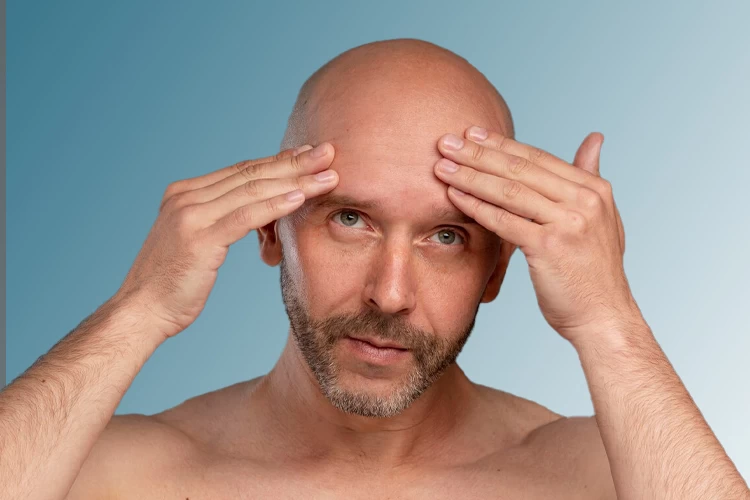
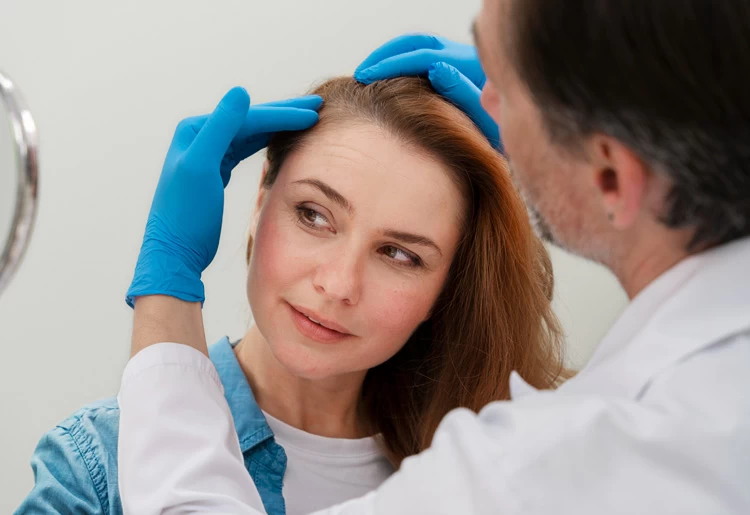

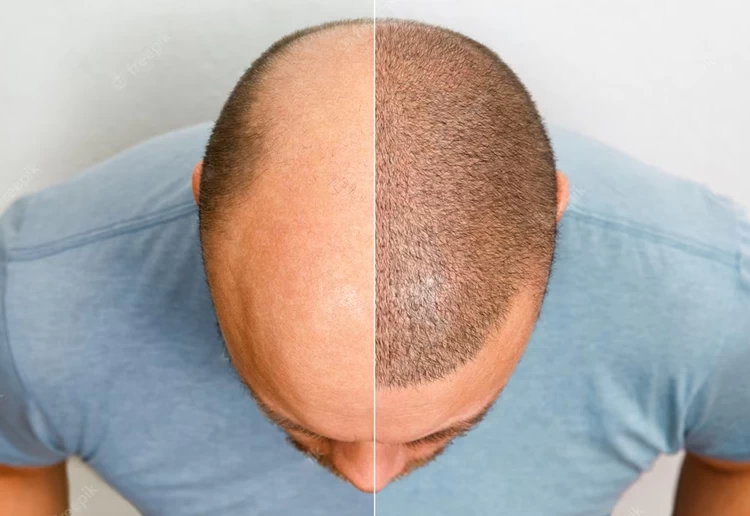
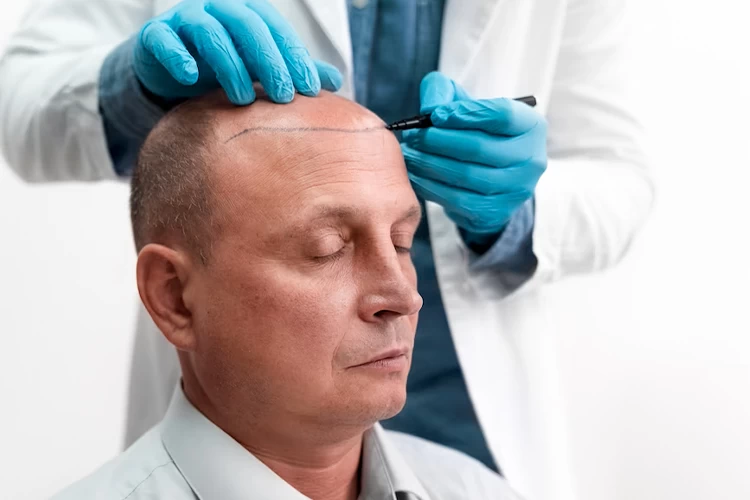
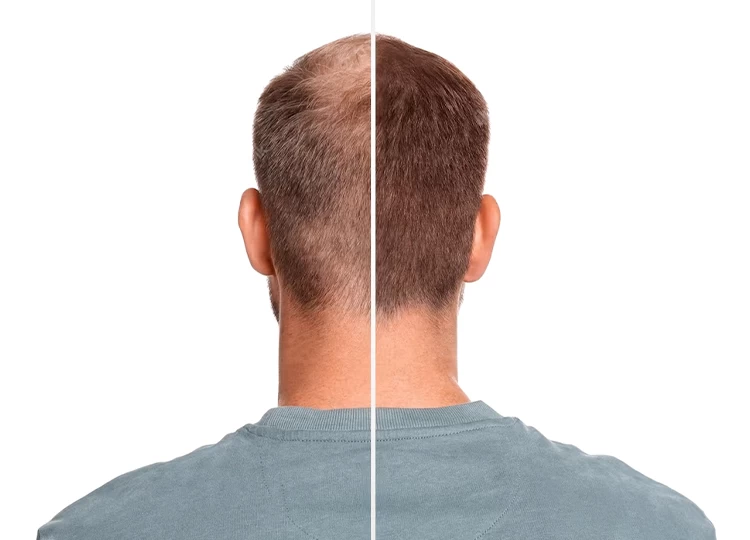
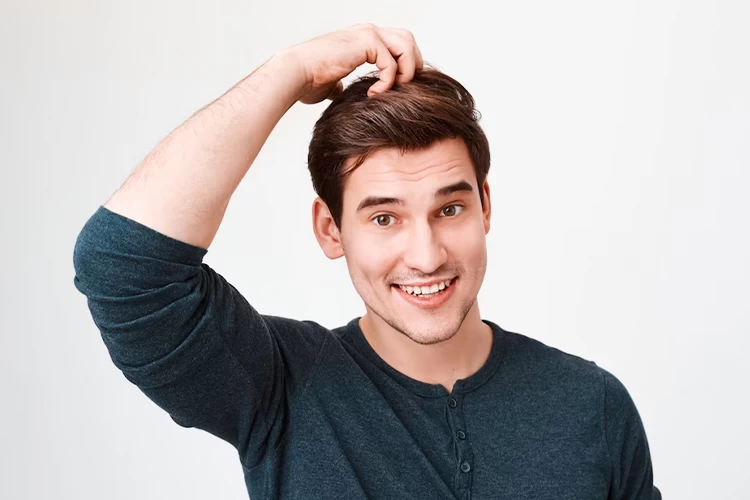

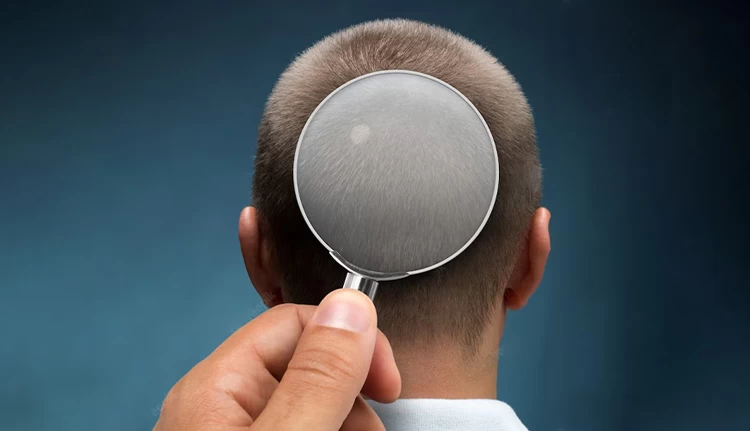

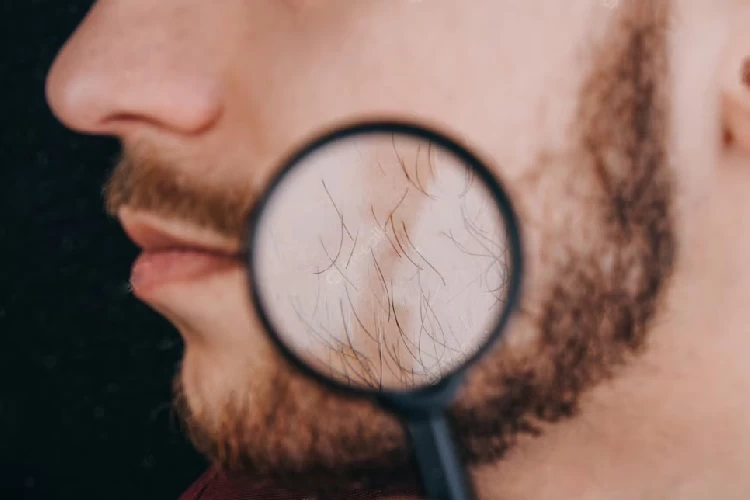

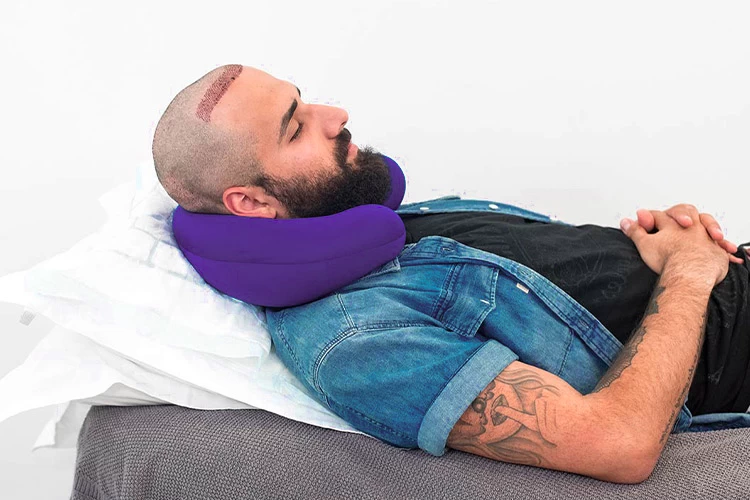
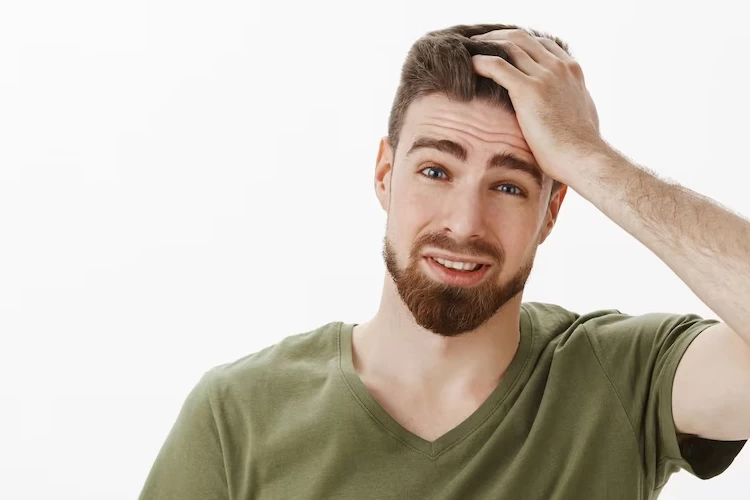
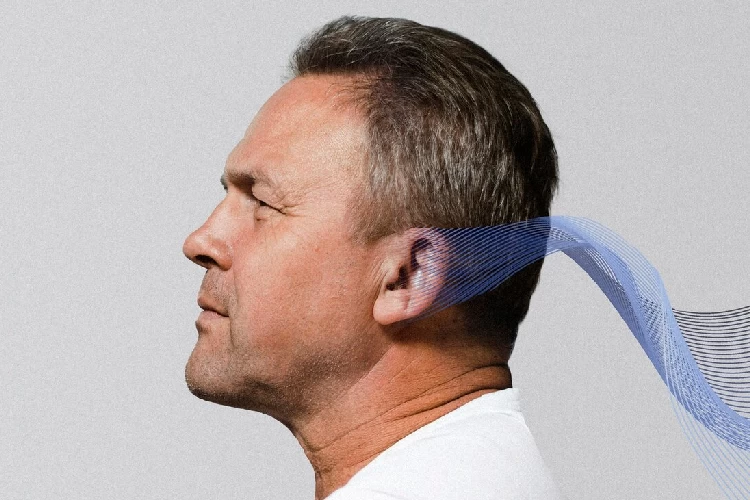

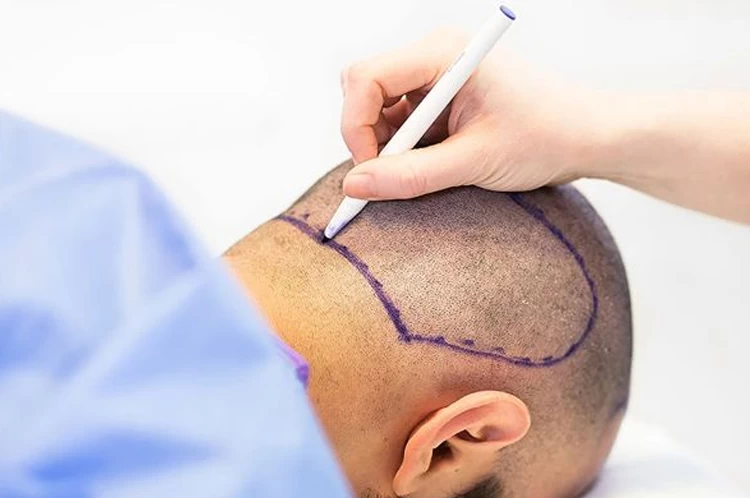
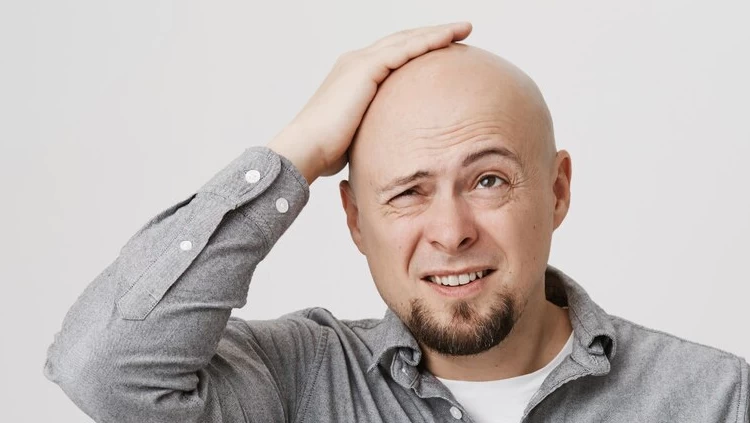
No reviews
Your comment